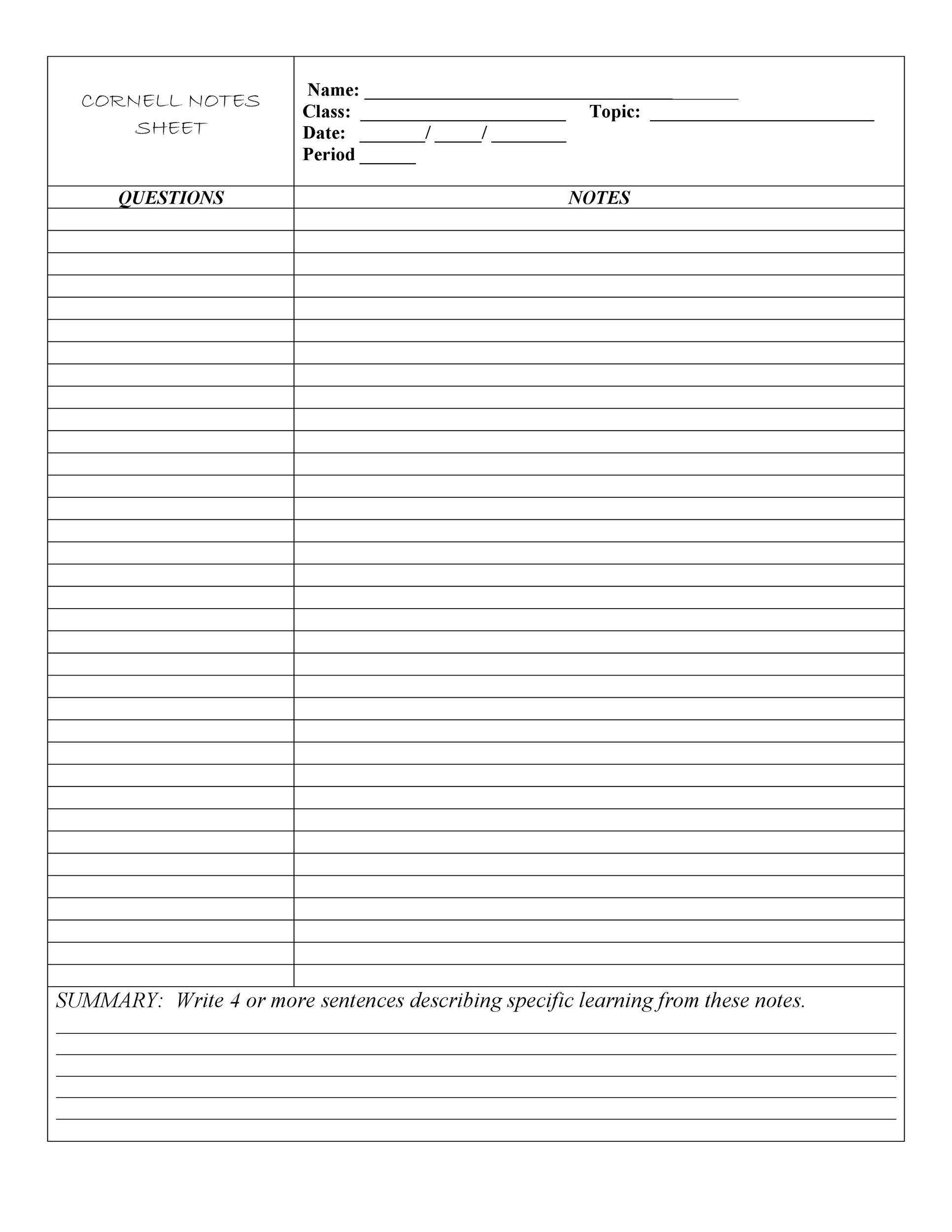

To evaluate this theory, Mueller and Oppenheimer assessed the content of notes taken by hand versus laptop. By contrast, when typing students can easily produce a written record of the lecture without processing its meaning, as faster typing speeds allow students to transcribe a lecture word for word without devoting much thought to the content. Thus, taking notes by hand forces the brain to engage in some heavy “mental lifting,” and these efforts foster comprehension and retention. Instead, they listen, digest, and summarize so that they can succinctly capture the essence of the information. Writing by hand is slower and more cumbersome than typing, and students cannot possibly write down every word in a lecture. What drives this paradoxical finding? Mueller and Oppenheimer postulate that taking notes by hand requires different types of cognitive processing than taking notes on a laptop, and these different processes have consequences for learning. In each study, however, those who wrote out their notes by hand had a stronger conceptual understanding and were more successful in applying and integrating the material than those who used took notes with their laptops.


As in other studies, students who used laptops took more notes. Half of the students were instructed to take notes with a laptop, and the other half were instructed to write the notes out by hand. Across three experiments, Mueller and Oppenheimer had students take notes in a classroom setting and then tested students on their memory for factual detail, their conceptual understanding of the material, and their ability to synthesize and generalize the information. New research by Pam Mueller and Daniel Oppenheimer demonstrates that students who write out their notes on paper actually learn more. Obviously it is advantageous to draft more complete notes that precisely capture the course content and allow for a verbatim review of the material at a later date. Moreover, when students take notes using laptops they tend to take notes verbatim, writing down every last word uttered by their professor. Indeed, because students can type significantly faster than they can write, those who use laptops in the classroom tend to take more notes than those who write out their notes by hand. Laptops do in fact allow students to do more, like engage in online activities and demonstrations, collaborate more easily on papers and projects, access information from the internet, and take more notes. When it comes to college students, the belief that more is better may underlie their widely-held view that laptops in the classroom enhance their academic performance. “More is better.” From the number of gigs in a cellular data plan to the horsepower in a pickup truck, this mantra is ubiquitous in American culture.


 0 kommentar(er)
0 kommentar(er)
